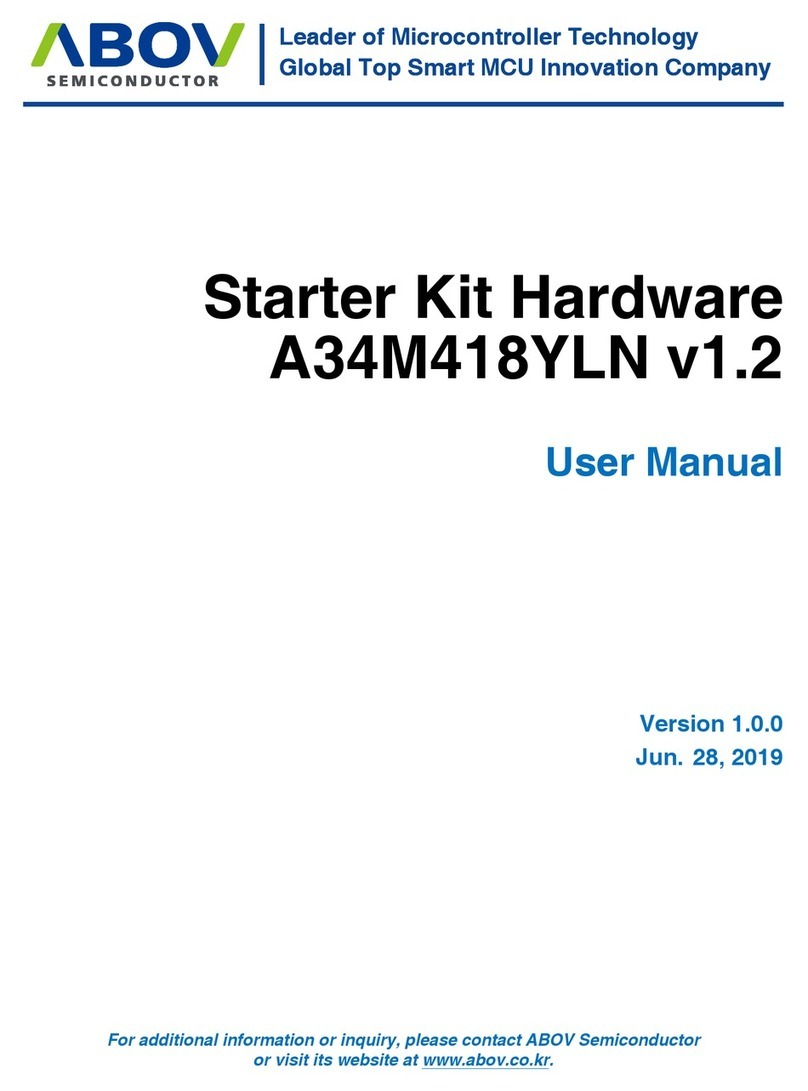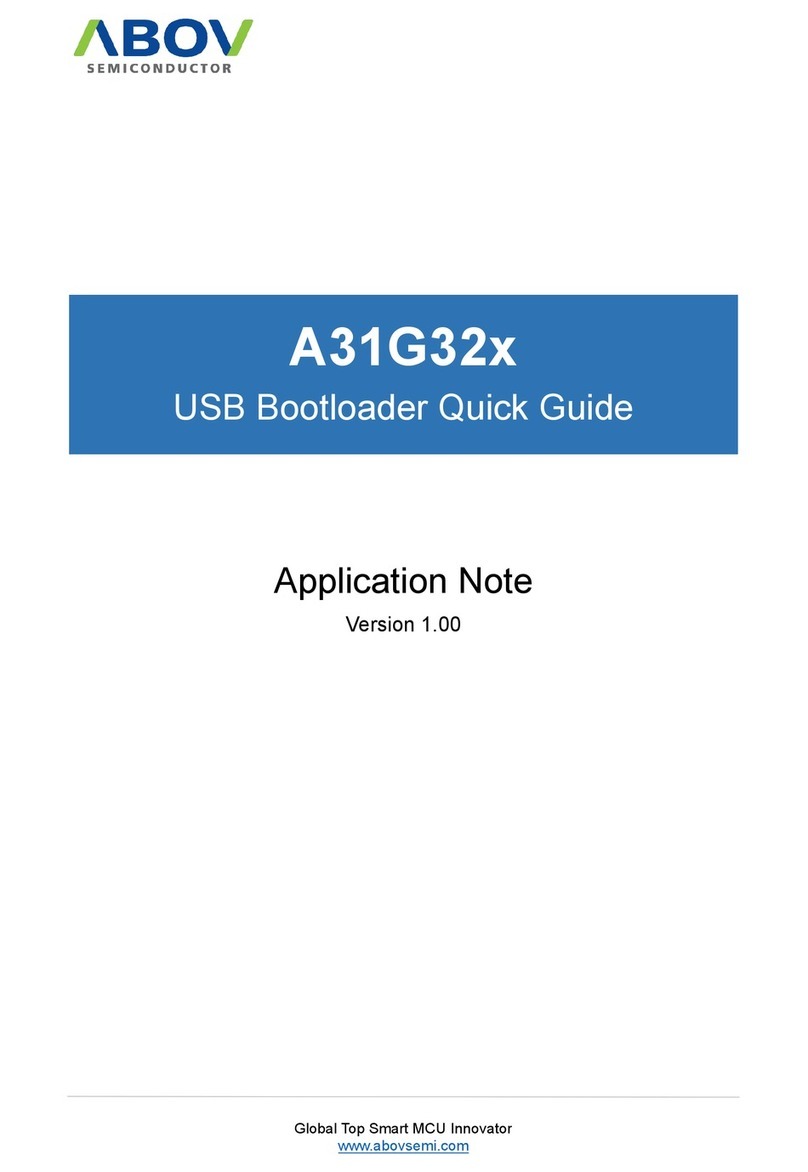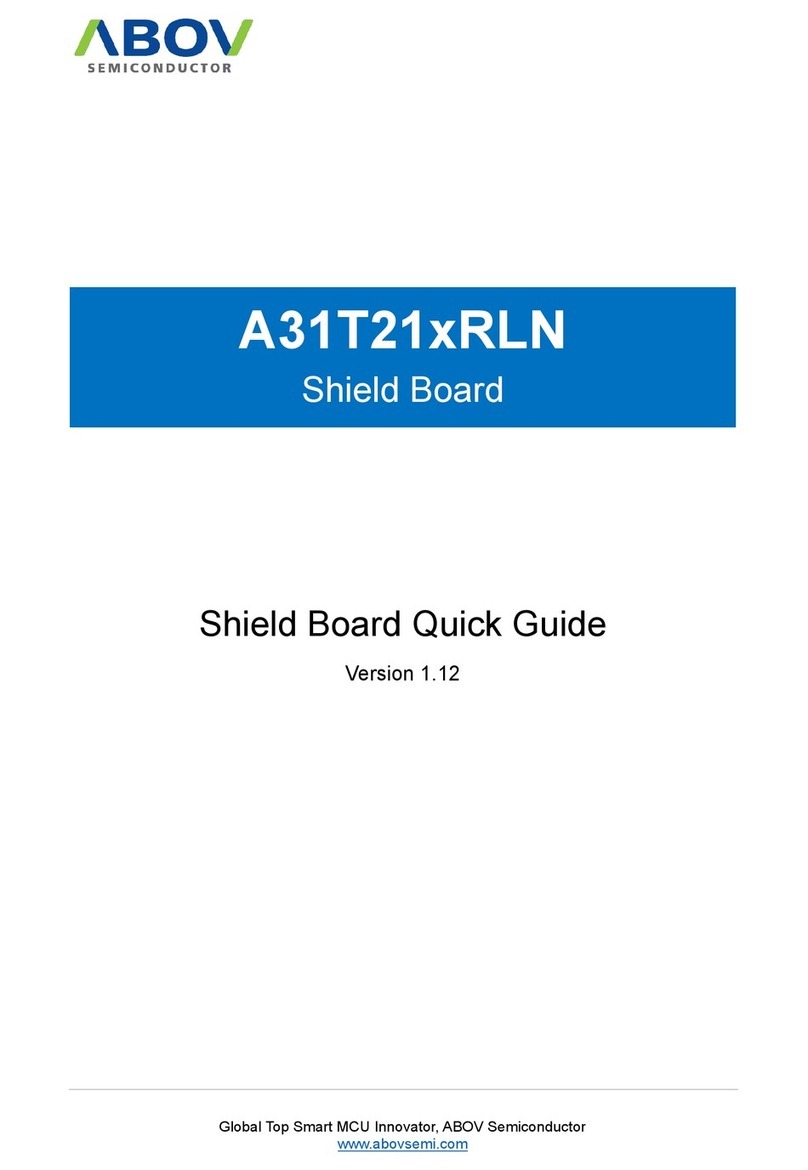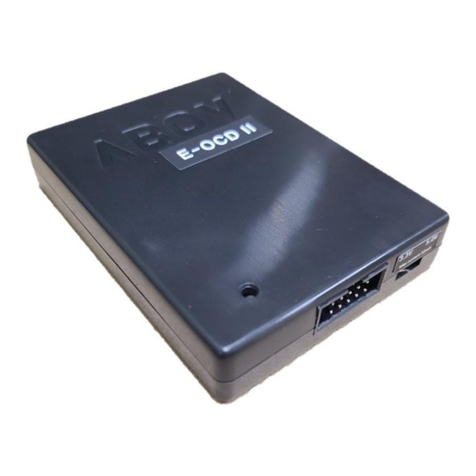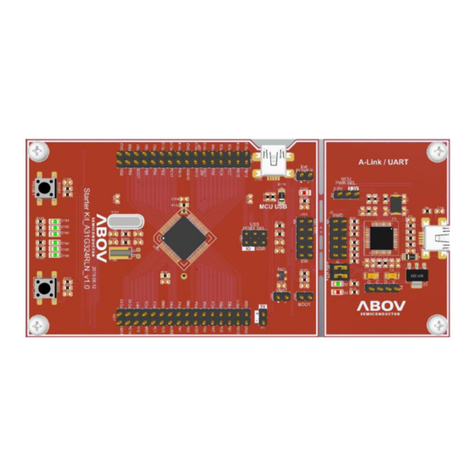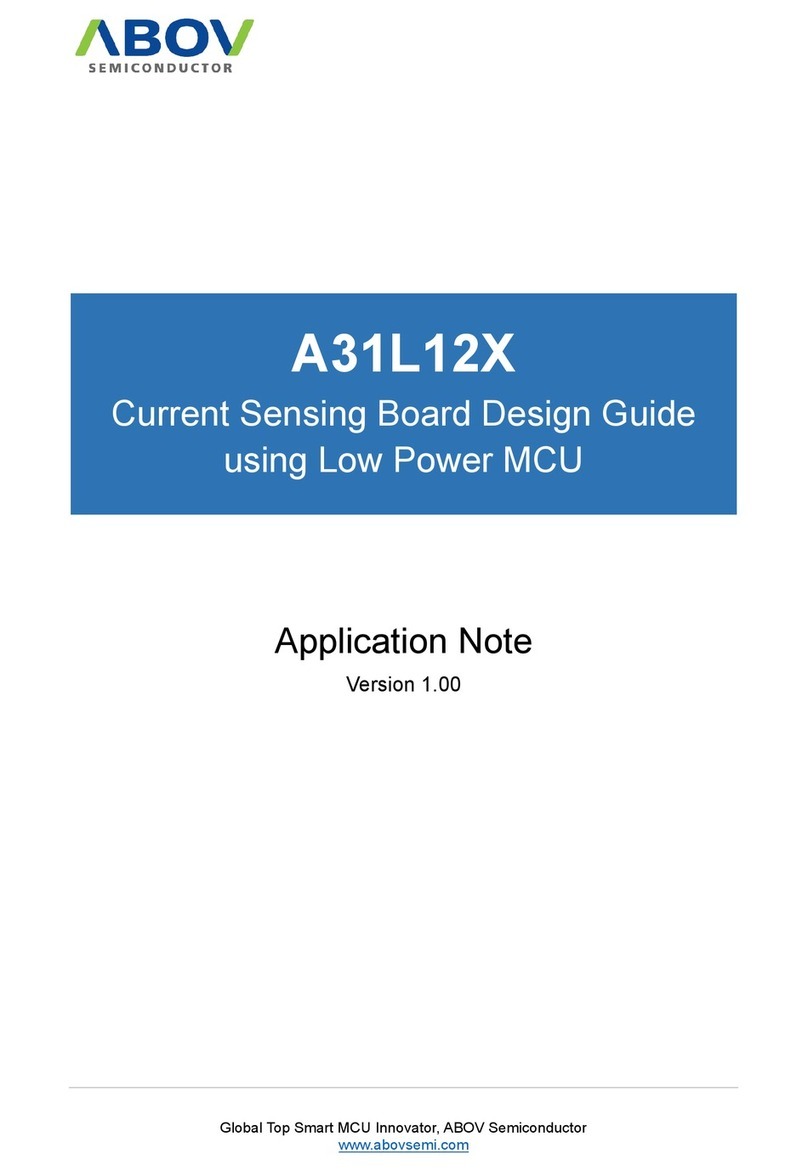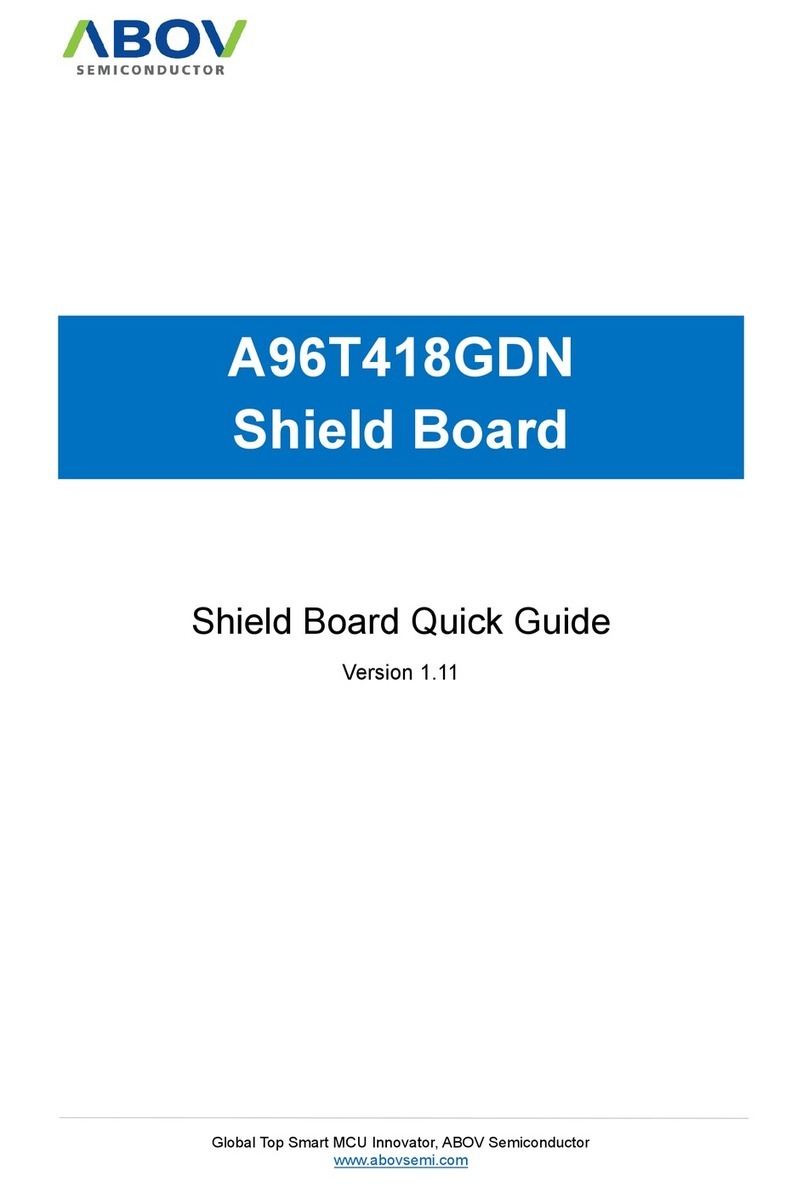Figure 49. 16-bit Timer/Counter Mode of Timer 2 ...............................................................................106
Figure 50. 16-bit Timer/Counter Mode Operation Example ................................................................107
Figure 51. 16-bit Capture Mode of Timer 2 .........................................................................................108
Figure 52. 16-bit Capture Mode Operation Example ..........................................................................109
Figure 53. Express Timer Overflow in Capture Mode .........................................................................109
Figure 54. 16-bit PPG Mode of Timer 2 ..............................................................................................110
Figure 55. 16-bit PPG Mode Operation Example ............................................................................... 111
Figure 56. 16-bit Timer 2 Block Diagram ............................................................................................112
Figure 57. Buzzer Driver Block Diagram.............................................................................................115
Figure 58. 12-bit ADC Block Diagram .................................................................................................118
Figure 59. A/D Analog Input Pin with a Capacitor ...............................................................................118
Figure 60. Control Registers and Align Bits ........................................................................................119
Figure 61. ADC Operation Flow Sequence .........................................................................................119
Figure 62. I2C Block Diagram..............................................................................................................123
Figure 63. Bit Transfer on the I2C-Bus ...............................................................................................124
Figure 64. START and STOP Condition..............................................................................................124
Figure 65. Data Transfer on the I2C-Bus ............................................................................................125
Figure 66. Acknowledge on the I2C-Bus.............................................................................................126
Figure 67. Clock Synchronization during Arbitration Procedure .........................................................126
Figure 68. Arbitration Procedure of Two Masters................................................................................127
Figure 69. I2C SCL Max Clock, SCL, SDA Settings ...........................................................................128
Figure 70. USARTn Block Diagram (n=0, 1).......................................................................................139
Figure 71. Clock Generation Block Diagram.......................................................................................140
Figure 72. Synchronous Mode XCKn Timing (n = 0, 1) ......................................................................141
Figure 73. A Frame Format .................................................................................................................142
Figure 74. Start Bit Sampling ..............................................................................................................146
Figure 75. Sampling of Data and Parity Bit.........................................................................................147
Figure 76. Stop Bit Sampling and Next Start Bit Sampling.................................................................147
Figure 77. SPI Clock Formats when UCPHA = 0................................................................................149
Figure 78. SPI Clock Formats when UCPHA = 1................................................................................150
Figure 79. Example for RTO in USART ..............................................................................................151
Figure 80. 0% Error Baud Rate Block Diagram ..................................................................................161
Figure 81. CRC Block Diagram...........................................................................................................162
Figure 82. IDLE Mode Release Timing by an External Interrupt ........................................................168
Figure 83. STOP Mode Release Timing by External Interrupt............................................................169
Figure 84. STOP Mode Release Flow ................................................................................................170
Figure 85. Reset Block Diagram .........................................................................................................172
Figure 86. Fast VDD Rising Time .......................................................................................................173
Figure 87. Internal RESET Release Timing On Power-Up .................................................................173
Figure 88. Configuration Timing when Power-on................................................................................174
Figure 89. Boot Process Waveform ....................................................................................................174
Figure 90. Timing Diagram after RESET ............................................................................................176
Figure 91. Oscillator generating waveform example ..........................................................................176
Figure 92. Block Diagram of LVR........................................................................................................177
Figure 93. Internal Reset at Power Fail Situation ...............................................................................177
Figure 94. Configuration Timing When LVR RESET...........................................................................178
Figure 95. LVI Block Diagram .............................................................................................................178
Figure 96. Read Device Internal Checksum (Full Size) ......................................................................186
Figure 97. Read Device Internal Checksum (User Define Size).........................................................187
Figure 98. Flash Memory Map ............................................................................................................189












